Two trees can provide plenty of apples
Apples are pollinated by insects, with bees and flies transferring pollen from flowers of one apple tree to those of another. But you don’t need to plant a whole orchard to enjoy apples right off the tree. Two trees will reward any family with enough fruit to enjoy and share with friends.
Apples require pollen from a different apple variety to grow fruit. If you only have room in your yard for one tree, there may be crab apples in your neighborhood to provide the pollen your tree needs.
Most apple trees are grafted onto dwarfing rootstocks and only grow to be about 8-10 feet tall. So even if you’re short on space, you probably have space for two trees.
Care through the seasons
- March—For existing trees, prune before growth begins, after coldest weather has passed
- April, May—Plant bare root trees as soon as the soil can be worked
- April, May—If last year’s growth was less than 12 inches, apply compost around the base of tree
- May, June—Plant potted trees after threat of frost has passed
- May, June—As flower buds begin to turn pink, start watching for insect and disease symptoms
- May through October—Water trees as you would any other tree in your yard
- June, July—Thin fruit
- remove smallest apples to encourage larger fruit
- August through October—Harvest
- taste fruit when it appears to be fully colored
- if it’s too starchy, wait a few days
- October, November—Rake up fallen leaves and fruit; compost or discard
- November—Apply tree wrap to prevent winter injury
- November through March—Look for deer and vole damage; put fencing around tree if needed
Selecting plants
Before choosing an apple tree to plant, take a look around your neighborhood. A pollen source should be within 100 feet of the apple tree you plant to ensure the pollen gets to your tree.
If you don’t see any crabapples or other apple trees that close, your best bet is to plant two trees of different varieties.
When purchasing an apple tree, you are actually selecting a plant made up of two genetically different individuals grafted together, the scion and the rootstock.
- The scion is the aboveground part of the tree that produces the type of fruit desired (ex. Honeycrisp or Haralson).
- The rootstock plays a major role in determining the tree’s ultimate size and how long it will take to bear fruit.
Variety tables provide hardiness, size and compatibility information for apple varieties that have proven to do well in northern climates.
Planting and caring for young trees
Learn how to choose a location, prepare for planting and space trees.
How to keep your apple trees healthy and productive
From watering to weeding to thinning fruit, caring for your apple trees throughout the year will help your plants produce plenty of apples to harvest.
Pruning and training apple trees
Prune a tree to have well-spaced branches and a balanced appearance, while eliminating broken, diseased or dead branches.
Managing pests and diseases
Many things can affect apple trees, leaves, flowers and fruits. Changes in physical appearance and plant health can be caused by the environment, plant diseases, insects and wildlife. In order to address what you’re seeing, it is important to make a correct diagnosis.
You can find additional help identifying common pest problems by using the online diagnostic tools What insect is this? and What’s wrong with my plant? or by sending a sample to the UMN Plant Disease Diagnostic Clinic. You can use Ask a Master Gardener to share pictures and get advice.
Note that just because you are seeing some damage doesn’t mean all hope is lost. One apple tree will produce a lot of apples, so losing a small number to birds and bugs isn’t a reason to stress.



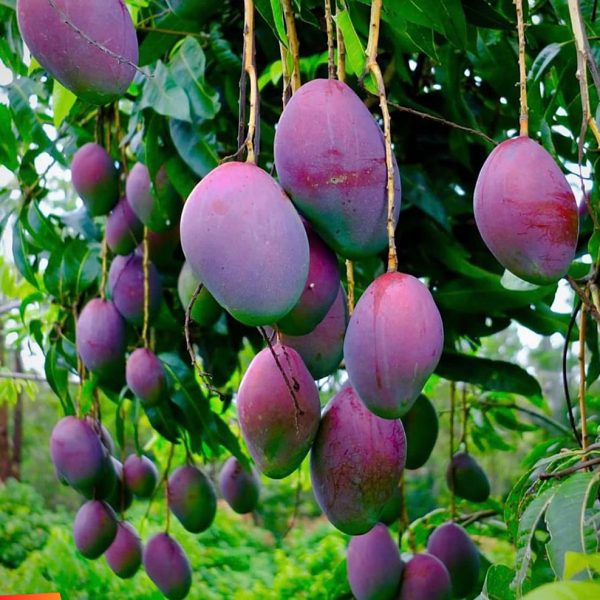
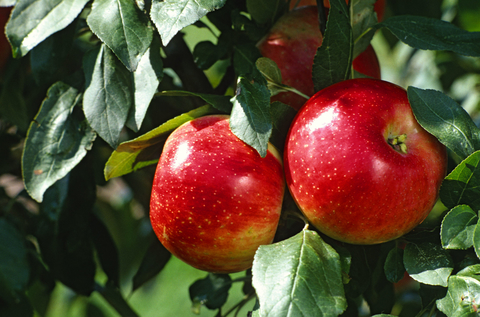

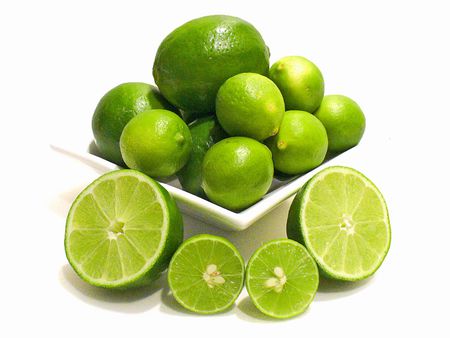
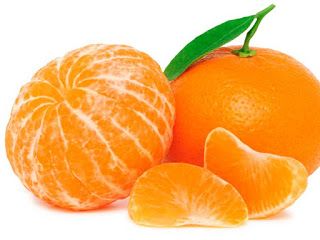

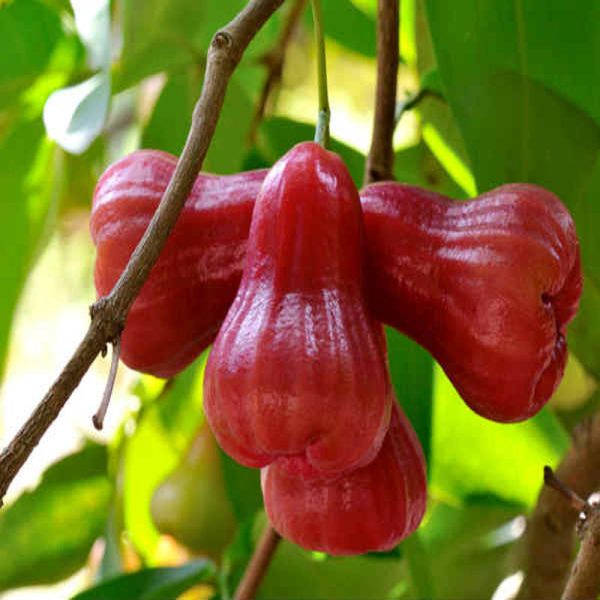

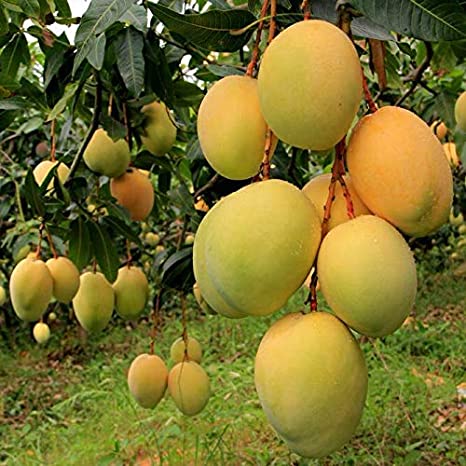


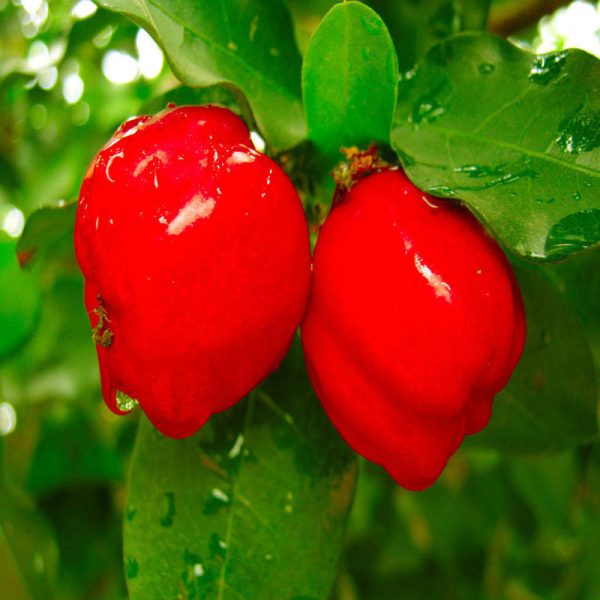

Reviews
There are no reviews yet.